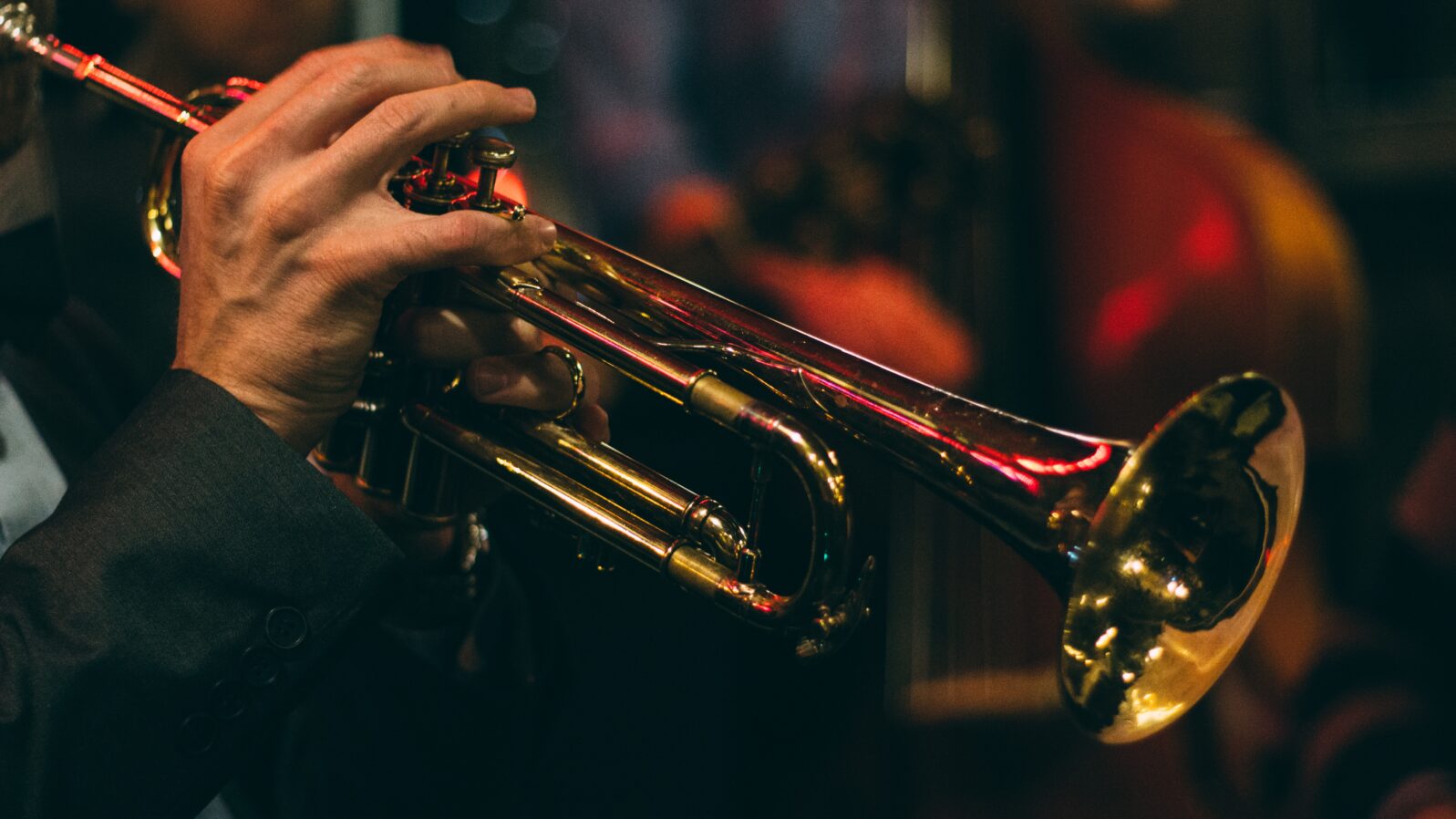AI Can’t Do Jazz Because Spontaneity Is at Jazz’s Core
AI “artists”—in all the forms presently available — merely replay their programming
A couple of years ago, Ted Gioia—an award-winning writer and accomplished jazz pianist—released How to Listen to Jazz. Gioia knows jazz from its roots upward and he writes well. He even earned a place in Stanford’s music program by playing a jazz piece, a novelty at the time.
As a jazz critic, he says:
More an attitude than a technique, the element of spontaneity in the music rebels against codification and museum-like canonization.
Steven Serra, “Paperback Edition of “How To Listen to Jazz” by Ted Gioia” at Jazz Profiles
You cannot reduce jazz to mere repetition or formula. There’s structure to jazz, in terms of the common use of 32-bars of 4-beats each, for example. But that structure provides the framework within which the musicians spontaneously create. Successful spontaneity, according to Gioia, separates the good jazz players from the greats:
At this rudimentary level of performance, the musicians tend to rely repeatedly on a small number of rhythmic patterns in their phrases. Even if the notes they play are different, the rhythmic structures of the phrases are often identical. Such improvisers might sound convincing for a single chorus, but if the solo goes on long enough, even novice listeners will perceive an inescapable monotony in the proceedings.
Ted Gioia, “e-book” at How to Listen to Jazz.
Jazz isn’t unique. It showcases what all true art displays: Creativity that is more than the mixing of parts. Sure, parts are mixed, oftentimes copied, yet something new is added.
Recent articles speculate on whether AI art will come to overshadow human creativity. For example, “It seems like even when it comes to creativity, we’re now being challenged by our own creations” (Raya Bidshari, The Rise of AI Art, June 17, 2019) and “Assuming that the emergence of consciousness in artificial minds is possible, those minds will feel the urge to create art. But will we be able to understand it?” (Rui Penha, “If machines want to make art, will humans understand it?” June 18, 2019).
As I’ve said before, such fears stem from a naïve misunderstanding of how humans create. AI “artists”—in all the forms presently available — merely replay their programming. And, as Gioia makes clear in his discussion of jazz, swirling a bit of randomness into the mix will not help.
We may not understand how humans create, but thousands of years of art clearly show that we do. And the so-called AI “artists” are one of those creations. They mimic our creativity; they do not themselves create.
Gioia also suggests that “a jazz improvisation is, in a very real sense, a character study or a Rorschach test.” That is, human art exposes the human mind, the character of the person behind the creation. That pretty much settles the matter. AI has no mind and no character to expose. Thus, its “art” is not creation but mere mimicry.
Also by Brendan Dixon on AI and art:
Could AI authentically create anything?
AI creates kitsch, not art
and
